Amar Bose
By Kiron Kasbekar | 08 Jul 2023
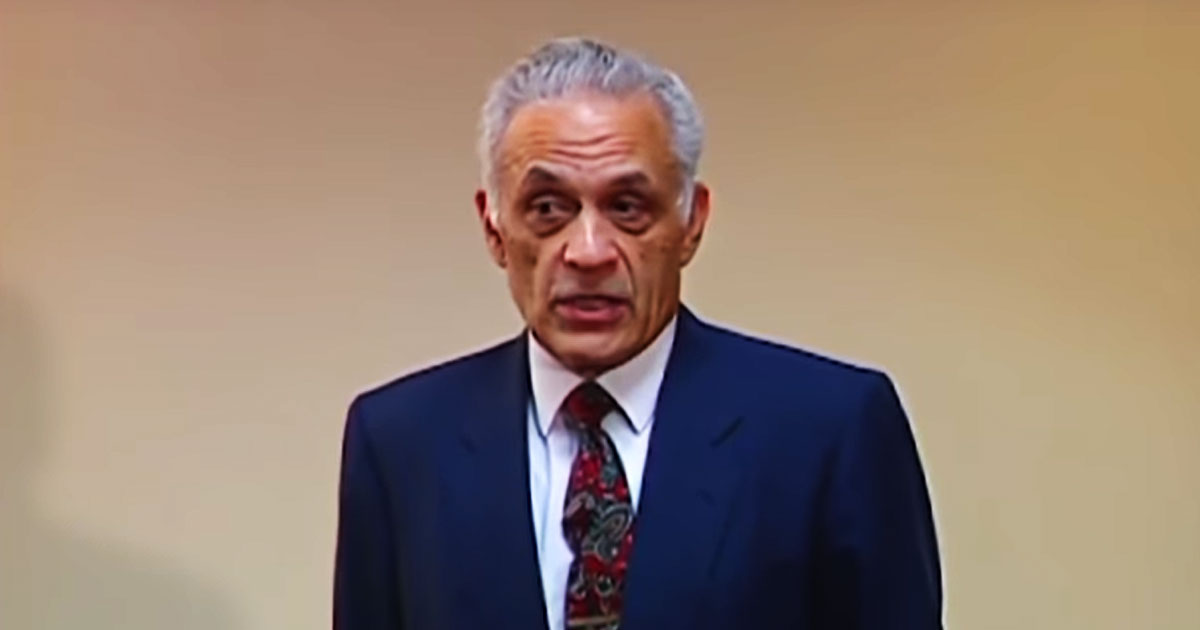
Had it not been for a strange twist of fate more than a century ago, the Bose speakers, considered the best in their class of products, might never have been created, or even been imagined!
This is what happened:
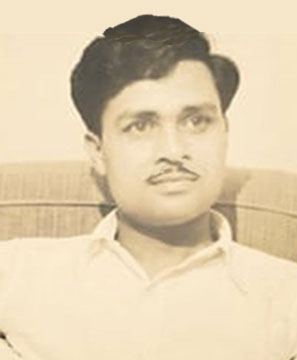
Father Noni Gopal
Back in 1920, Kolkata (then known as Calcutta) was part of the crucible in which many sparks of India’s freedom movement against British rule flashed. Young Indians took to the streets in non-violent yet boisterous demonstrations and marches.
One such demonstrator in the city was Noni Gopal Bose, a physics student at the University of Calcutta. Walking on Elgin Road, he mixed with other demonstrators and distributed pamphlets containing a passionate denunciation of British rule and a fervent call for independence. Pamphlets thought to have been authored by Noni Gopal himself.
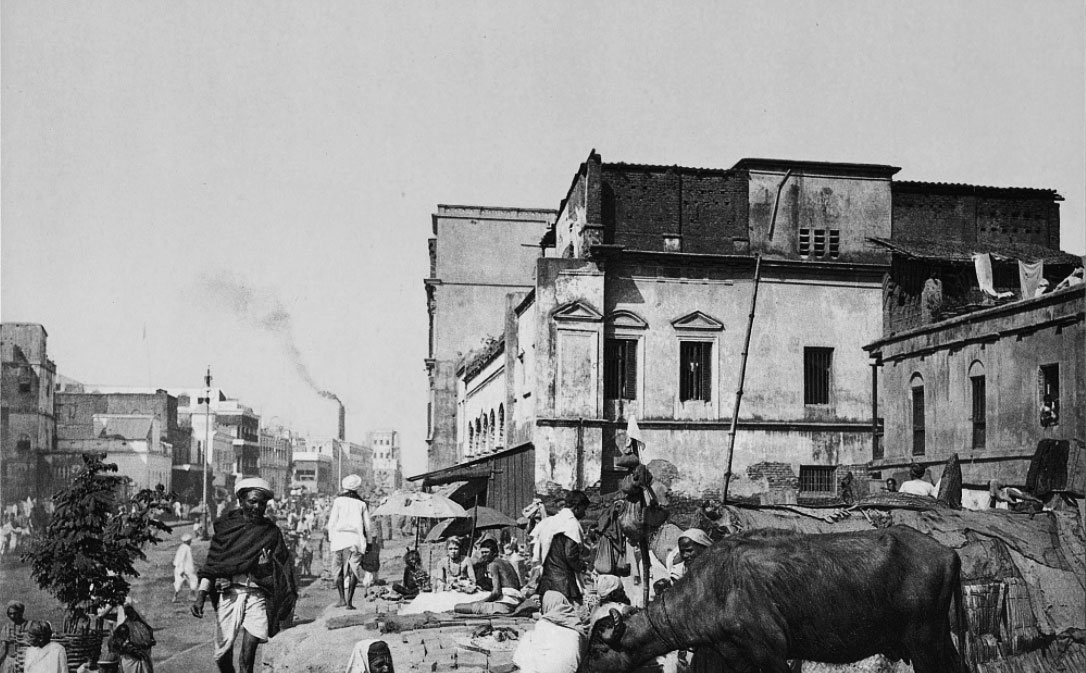 All he wished to do was distribute copies of the pamphlet and go home. After distributing the pamphlets, he returned home so he could return to his studies. His exams were imminent.
All he wished to do was distribute copies of the pamphlet and go home. After distributing the pamphlets, he returned home so he could return to his studies. His exams were imminent.
But life took a different turn. A turn that eventually led to a landmark event in the global electronics industry a generation later.
The Calcutta Police, ordered to find the man who distributed the pamphlets, landed at Noni Gopal’s house. He was arrested, and was produced before a magistrate the following morning. The magistrate ordered that he be detained until further hearing. The result: he missed his examination.
A few days later, while being transported to court for the hearing, he seized an opportunity provided by lax policemen, and, in a daring move, he escaped captivity along with other revolutionaries.
While he managed to avoid capture, it was clear that remaining in Calcutta posed a great risk to his safety. So, with the help of friends and family, he fled to Madras (now Chennai).
Next he stepped aboard a ship bound for America in search of a new and secure haven. Upon disembarking in New York, a young Noni Gopal found himself with little money and no identification papers.
It was then literally a case of fortune favoring the brave. He met some resident Indians, including members of the revolutionary Ghadar Party, who took care of him. With their support, he secured accommodation near Philadelphia and established a small business specializing in radio repairs.
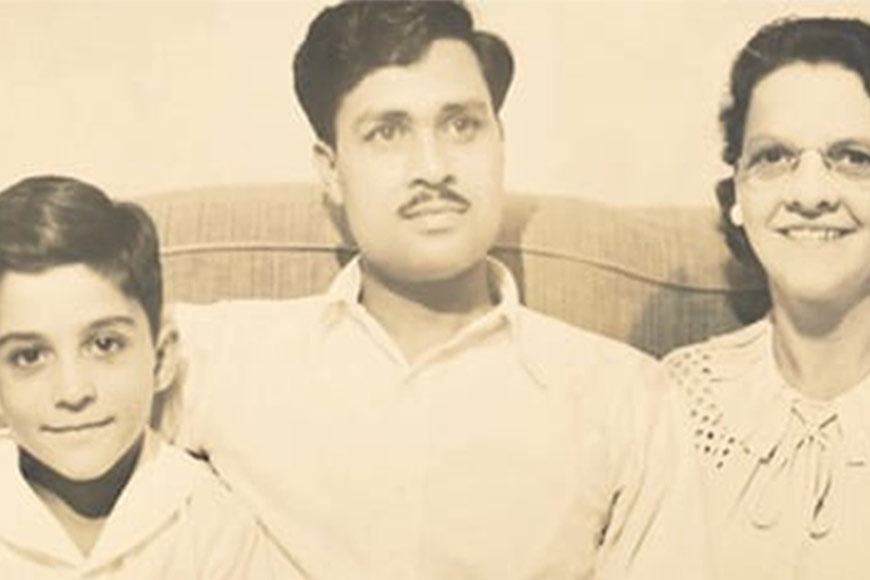
Soon Noni Gopal met Charlotte, a local schoolteacher of French-German descent who was keenly interested in Hinduism and the Vedanta philosophy. The two became friends, and eventually married. Their son Amar Gopal was born on 2 November 1929.
Son Amar Gopal
The son of a revolutionary, Amar Gopal would go on to initiate a different kind of revolution within the electronics industry. He spent his childhood observing and absorbing the fundamental principles of electronics within his father's workshop.
Amar was interested in model trains, but his parents didn’t have didn't have enough money to buy new trains. So he would buy scrapped ones and then I fix them, and that gave him experience in repairing things and creating things.
His son Vanu says Amar Bose was fascinated by electronics and started repairing radios in the high school basement, which had a radio repair shop.
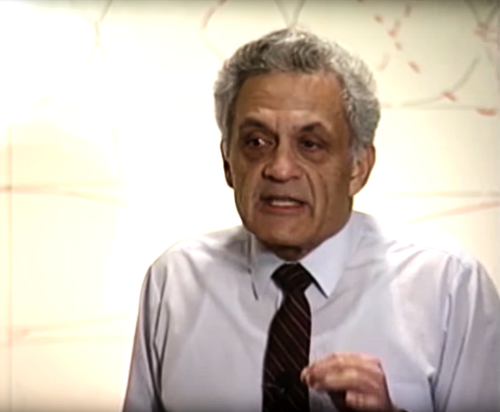
Then he joined the Massachusetts Institute of Technology (MIT), where he specialized in electrical engineering and sound. He earned his Ph.D in electrical engineering from MIT, and then served as a professor there for an impressive span of over 45 years even while he continued his product innovation.
His teaching became legendary. He loved mentoring students, and they hung around him, learning from him, and assisting him.
In 1964, encouraged by his teachers, he founded the Bose Corporation, driven by his passion for improving audio quality. Bose Corporation emerged, in part, out of Bose’s dissatisfaction from speakers he wanted to buy for his home stereo system in 1956.
Patents and company formation
As an engineer, he had expected that lab measurements would indicate sound quality. What he found, to his dismay, was that perceived sound differed from measured sound.
Not one to let things be, he began studying psychoacoustics, the study of sound as humans perceive it, and psychophysics, the study of the relationship between measurement and perception.
The research led to numerous patents and culminated in the creation of Bose Corporation in 1964 to develop and market products using those patents.
Bose started his company at the suggestion of MIT professor Y.W. Lee, who provided Bose with $10,000 in start-up capital. That investment would later be worth an estimated $250,000, when the company repurchased Lee's stock in 1972.
Under his leadership, the company revolutionized the audio industry with its innovative designs and groundbreaking technologies. Bose speakers, renowned for their exceptional sound quality and sleek designs, became a symbol of audio excellence.
The company succeeded, and you’d have expected Bose to spend all his time there. But money was not all he cared about. So he continued as professor of electrical engineering and computer science at MIT, teaching acoustics and mentoring students. To enable himself to do both teach and to run his business, Bose hired one of his students, Sherwin Greenblatt, to help develop and market a product.
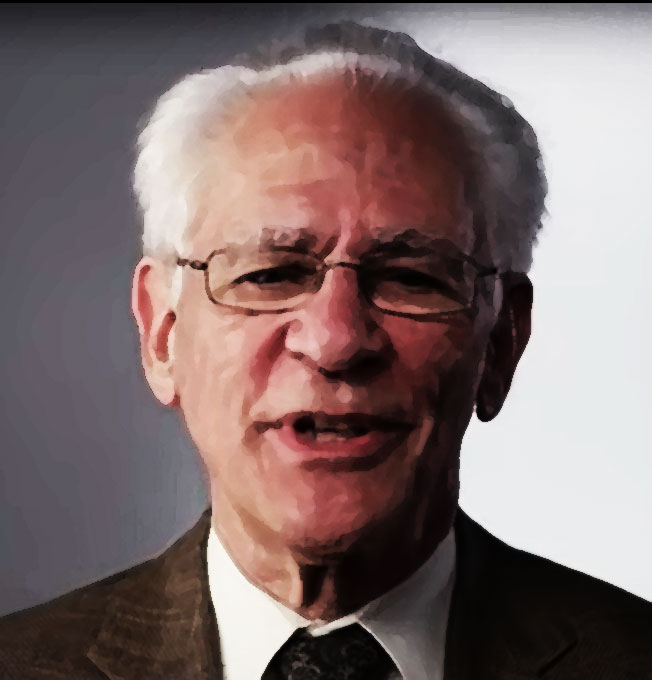
For a year, Greenblatt was the company's only employee, and it is said that Bose, who was still teaching, was paying Greenblatt more than he, himself, was earning as a professor at MIT. Greenblatt would later become president of the company.
The products
In 1968, Bose Corp introduced its inaugural 901 direct/reflecting loudspeaker, and secured contracts with the military and NASA. This breakthrough product was built upon Bose's earlier research, which revealed that over 80 percent of what audiences experienced in a concert setting was attributed to reflected sound — sound bouncing off walls, floors, and ceilings, which enhanced the overall listening experience.
Bose's guiding principle was the belief that audio products should bring high quality music to everyone. The company's goal was to create sound systems that combined advanced technology with simplicity and compact size, making them accessible and user-friendly for all consumers.
Existing speakers in the market merely directed sound straight ahead. To achieve a superior spatial distribution of sound, Bose developed the 901 loudspeaker, which positioned eight of its nine transducers towards the rear of the speaker. This arrangement allowed sound to bounce off surfaces before reaching the listener. The 901 also incorporated an active equalizer to faithfully reproduce the audio spectrum.
In 1972 Bose began selling products outside America through a tie-up with an audio retailer in Bad Homburg, Germany. Also in 1972, Bose Corp began selling loudspeakers targeting professional musicians.
After that he turned his attention to sound systems for automobiles. In 1979, he presented his automotive sound system concepts to General Motors Corporation (GM). They were sold on the idea, and the agreement between Bose and Edward Czapor, president of GM's Delco Electronics resulted in for four years of Bose research costing an estimated $13 million. The aim was to adapt car audio systems to the unique acoustic environment of automobiles.
It worked. Then Bose and GM formed a joint venture to design and manufacture car audio systems for select Cadillac, Buick, and Oldsmobile models. The success of this venture led Bose to creating to partnerships with other automakers, such as Honda, Acura, Nissan, Infiniti, Audi, Mercedes Benz, and Mazda.
Bose even met Honda's stringent requirement that the product failure rate not exceed 30 parts per million. By 1995, Bose's car audio systems accounted for about one-fourth of the company's total sales.
There were many products Bose launched. Among them was the first commercial ‘acoustic noise cancelling’ headset the company launched in 1989. That revolutionized flying for pilots by introducing a headset that provides effective noise reduction and communication as well as comfort.
Then in 1990 the company launched a new standard in home audio, providing high sound quality without having to use massive speakers and racks of components.
The first Bose retail store was opened in 1993 in Kittery, Maine. And after that there was no looking back.
The Bose brand remained way ahead of its competition. But it faces stiffer competition today than in the past as some industry heavyweights jumped into the fray. Companies like Bang & Olufsen, Sony Corporation, and Matsushita Electric.
Dedicated teacher, lover of music, philanthropist
Bose was equally committed to his job as a teacher at MIT. He had a reputation for being an exceptional teacher and mentor. As professor at MIT he inspired and guided countless students in the field of electrical engineering. Bose's teaching methods emphasized the importance of hands-on learning and practical application of knowledge.
A reserved person by nature, he preferred to stay out of the spotlight and let his work speak for itself. Deeply dedicated to his research, he often immersed himself in his work for extended periods.
Bose's commitment to his research stemmed from his genuine love for music and an almost missionary commitment to enhance the music listening experience for others. He believed that audio technology should replicate the emotional impact of a live performance, and this philosophy guided his work throughout his career.
Outside of his professional endeavors, Amar Bose was known to be a dedicated family man. He found joy in spending time with his loved ones and was described as a warm and caring individual by those who knew him personally.
Amar Bose passed away on July 12, 2013. Bose Corporation is now managed professionally and a significant part of its profits go MIT, which was given shares in the company. The money is used by the institute to give scholarships to deserving students.
Bose Corporation has grown to a $3.2 billion company (FY 2021 revenues). Following Amar Bose’s endowing a bulk of the firm's non-voting shares to his alma mater in 2011, the Massachusetts Institute of Technology today owns a majority of the company’s shares.
MIT gets an annual cash dividend to ‘advance the research and education mission’ of the institution. Under the conditions of the endowment, MIT is not allowed to sell the shares, nor is it permitted to participate in the company's management and governance.
Following Amar Bose's death in 2013, Bob Maresca became the Chief Executive Officer. Today Lila Snyder is the chief executive while Maresca continues with the company as its chairman. The company had 7,000 employees in 2021.
A remarkable story of a remarkable man who made a remarkable product with the help of a remarkable institution.
- Kiron Kasbekar



















